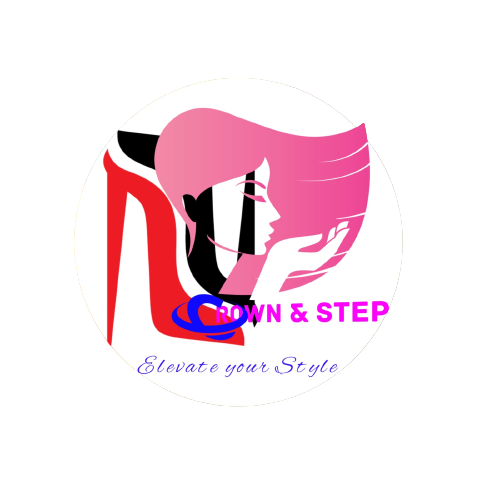Fashion is far more than just clothing—it’s a dynamic form of self-expression that shapes how women present themselves to the world. From the structured suits of the 1980s to the free-spirited bohemian trends of the 2010s, women’s fashion has continuously evolved, reflecting cultural shifts, societal expectations, and personal empowerment. Today, fashion is not just about looking good; it’s about feeling confident, breaking stereotypes, and embracing individuality.
The Historical Influence on Women’s Fashion
For centuries, fashion has been inextricably linked to women’s roles in society. In the Victorian era, corsets and voluminous skirts symbolized modesty and femininity, while the flapper dresses of the 1920s represented rebellion and newfound freedom. The post-war 1950s saw the return of glamour with full skirts and defined waists, emphasizing traditional femininity. Each decade introduced new silhouettes, fabrics, and attitudes that mirrored the changing status of women in the world.
The feminist movements of the 1960s and 1970s brought trousers, pantsuits, and androgynous styles into mainstream fashion, challenging gender norms. Designers like Yves Saint Laurent and Diane von Fürstenberg revolutionized women’s wardrobes by introducing power dressing and effortless elegance. Fast forward to the 21st century, and women’s fashion has become a melting pot of styles—luxury streetwear, gender-neutral clothing, and sustainable fashion all coexist, offering endless possibilities.
Fashion as a Tool for Confidence
What a woman wears profoundly impacts her confidence. A well-tailored blazer can exude authority in the boardroom, while a flowing sundress might evoke a sense of carefree joy. The right outfit has the power to lift moods, boost self-esteem, and even change perceptions. Research suggests that wearing clothes that align with one’s personal style can enhance cognitive performance and self-assurance.
Accessories, too, play a vital role. A bold pair of earrings, a statement handbag, or a classic watch can transform an outfit from ordinary to extraordinary. It’s not just about trends—it’s about finding pieces that resonate with one’s personality. The rise of body positivity has also encouraged women to embrace their natural shapes, leading to a surge in inclusive sizing and designs that celebrate all figures.
The Role of Sustainability in Modern Fashion
As awareness of environmental issues grows, sustainable fashion has moved from niche to necessity. Slow fashion—prioritizing quality over quantity—encourages investing in timeless pieces rather than succumbing to fast fashion’s disposable culture. Many brands now focus on eco-friendly materials, ethical labor practices, and circular fashion models that promote recycling and upcycling.
Women are increasingly choosing brands that align with their values, proving that fashion can be both stylish and responsible. Thrift shopping, capsule wardrobes, and vintage fashion have gained popularity, reducing waste while allowing for unique self-expression. The future of women’s fashion isn’t just about aesthetics—it’s about making mindful choices that benefit both the wearer and the planet.
The Digital Age and Personal Style
Social media has democratized fashion, making trends accessible to everyone. Platforms like Instagram, Pinterest, and TikTok allow women to explore diverse styles, follow influencers, and curate their own digital fashion identities. Online shopping, virtual try-ons, and AI-driven styling tools have further personalized the fashion experience.
However, while trends come and go, personal style remains timeless. The key is to blend current influences with classic staples that withstand fleeting fads. Whether it’s a minimalist wardrobe, bold maximalism, or eclectic mix-and-match, the digital age empowers women to define fashion on their own terms.
Empowerment Through Fashion
Ultimately, fashion is a celebration of womanhood in all its forms. It’s a tool for storytelling, a medium of rebellion, and a canvas for creativity. Whether dressing for power, comfort, or pure joy, women continue to redefine fashion as an extension of themselves. By making intentional choices—whether in sustainability, style, or self-expression—women shape not only their wardrobes but the future of fashion itself.
Fashion isn’t just about appearances; it’s about the identity, confidence, and voice of the women who wear it.

